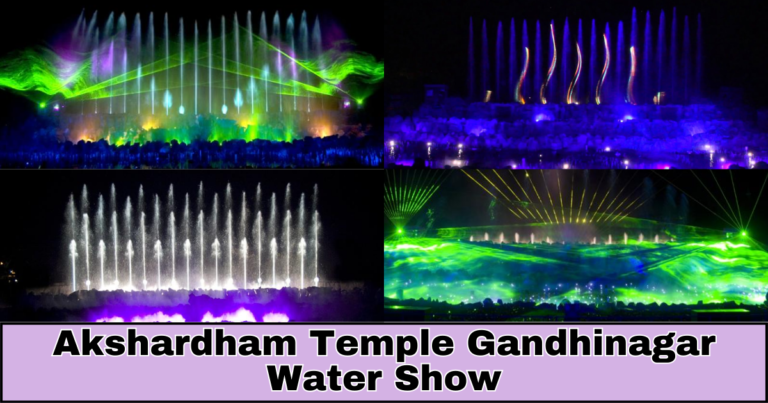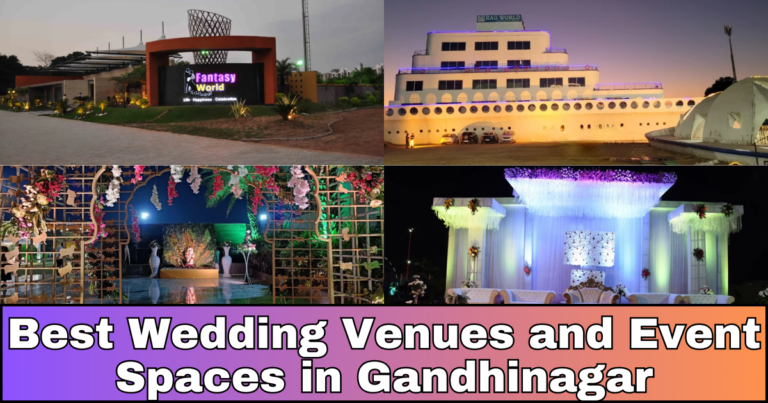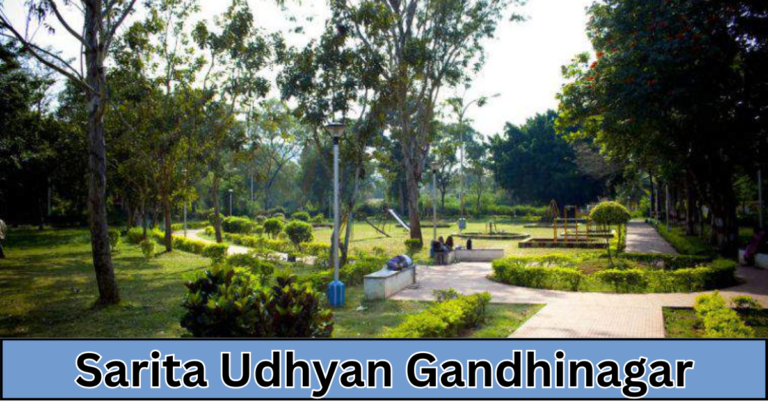Total village in Gandhinagar
Total village in Gandhinagar: Did you know that there are 294 villages in Gandhinagar? That’s a lot of villages, folks! But what do you really know about them? In this blog post, we’re going to dive into all things villages in Gandhinagar, from their importance to the district’s economy and culture to some interesting facts and tourist attractions.

Background information: Gandhinagar is a district in the state of Gujarat, India. It is home to the capital city of Gandhinagar, as well as 294 villages. The district has a population of over 3 million people. The economy of Gandhinagar is based on agriculture, industry, and tourism.
Thesis statement: Villages play an important role in the economy and culture of Gandhinagar. They are home to a large number of people and contribute to the district’s agricultural production and handicrafts industry. Villages also offer a unique and authentic cultural experience for tourists.
Total number of villages in Gandhinagar
As mentioned earlier, there are 294 villages in Gandhinagar district. These villages are spread across four talukas (subdistricts): Gandhinagar, Dehgam, Kalol, and Mansa. The taluka with the most villages is Kalol, with 102 villages. The taluka with the fewest villages is Mansa, with 43 villages.List of villages in Gandhinagar Here is a list of the villages in Gandhinagar, organized by taluka:
Gandhinagar taluka:
Ajol, Anganpur, Bhadreswar, Bhat, Chanod, Chhara, Chhotagaon, Devgam, Dudhpur, Galudan, Giyod, Isanpur Mota, Jakhora, Kalol, Kharna, Lakhoda, Lodra, Mahudi, Mandali (Vihar), Manekpur Makakhad, Mansa, Padusma, Paldi Rathod, Paldi Vyas, Parbatpura, Raisan, Ranpur, Rasanpur, Rampura, Salol, Sanand, Sarangpur, Sarvodaya, Sevalia, Shela, Shinghal, Sojitra, Tarsali, Vasna, Vasna-Sarkhej, Vijapur, Virangpur, Virpur
Dehgam taluka:
Adalaj, Asola, Bamanbore, Bavla, Bodakdev, Chandkheda, Chhapi, Gandhinagar, Dehgam, Dudhwa, Dholka, Godhra, Jetalpur, Jotana, Kalol, Kanbha, Kharna, Koba, Koteshwar, Lodra, Mahudi, Mansa, Manund, Mota Varachha, Nani Varachha, Navagam, Odhav, Padusma, Paldi Rathod, Paldi Vyas, Rampura, Sanand, Sarangpur, Sarvodaya, Sevalia, Shela, Shinghal, Sojitra, Tarsali, Vasna, Vasna-Sarkhej, Vijapur, Virangpur, Virpur
Kalol taluka:
Asola, Bamanbore, Bavla, Bodakdev, Chandkheda, Chhapi, Gandhinagar, Dehgam, Dudhwa, Dholka, Godhra, Jetalpur, Jotana, Kalol, Kanbha, Kharna, Koba, Koteshwar, Lodra, Mahudi, Mansa, Manund, Mota Varachha, Nani Varachha, Navagam, Odhav, Padusma, Paldi Rathod, Paldi Vyas, Rampura, Sanand, Sarangpur, Sarvodaya, Sevalia, Shela, Shinghal, Sojitra, Tarsali, Vasna, Vasna-Sarkhej, Vijapur, Virangpur, Virpur

Importance of villages in Gandhinagar
Villages play an important role in the economy and culture of Gandhinagar. They are home to a large number of people and contribute to the district’s agricultural production and handicrafts industry. Villages also offer a unique and authentic cultural experience for tourists.Here are some specific examples of the importance of villages in Gandhinagar:
Agriculture:
Villages are the backbone of agriculture in Gandhinagar. The majority of the district’s agricultural production comes from villages.
Handicrafts: Villages are also important for their handicrafts industry. Many villages in Gandhinagar have a long tradition of producing handicrafts such as pottery, weaving, and embroidery.
Tourism: Villages offer a unique and authentic cultural experience for tourists. Visitors can learn about traditional village life, customs, and cuisine.
Interesting facts about villages
Here are some interesting facts about villages in Gandhinagar:
- The oldest village in Gandhinagar is believed to be Adalaj, which is over 1,000 years old.
- The village of Chhapi is known for its traditional pottery industry.
- The village of Bavla is known for its traditional weaving industry.
- The village of Bodakdev is known for its traditional embroidery industry.
- The village of Dholka is known for its traditional leatherwork industry.
- The village of Godhra is known for its traditional brasswork industry.
- Body paragraph 5: Tourist attractions in villages in Gandhinagar
Here are some tourist attractions in villages in Gandhinagar:
- Adalaj Stepwell: This 11th-century stepwell is a UNESCO World Heritage Site.
- Chhapi Pottery Village: Visitors to this village can learn about traditional pottery-making techniques and purchase pottery products.
- Bavla Weaving Village: Visitors to this village can learn about traditional weaving techniques and purchase woven products.
- Bodakdev Embroidery Village: Visitors to this village can learn about traditional embroidery techniques and purchase embroidered products.
- Dholka Leatherwork Village: Visitors to this village can learn about traditional leatherwork techniques and purchase leather products.
- Godhra Brasswork Village: Visitors to this village can learn about traditional brasswork techniques and purchase brass products.
- Village festivals in Gandhinagar
Here are some village festivals held in Gandhinagar throughout the year:
Navratri:
This nine-day festival is celebrated in September-October. It is a time of fasting, dancing, and worship.
Diwali:
This five-day festival is celebrated in October-November. It is a time of celebration, feasting, and fireworks.
Makar Sankranti:
This one-day festival is celebrated in January. It is a time of giving thanks for the harvest and celebrating the change in seasons.
Holi:
This two-day festival is celebrated in February-March. It is a time of celebration, fun, and mischief.
Conclusion
Villages play an important role in the economy and culture of Gandhinagar. They are home to a large number of people and contribute to the district’s agricultural production and handicrafts industry. Villages also offer a unique and authentic cultural experience for tourists.
Call to action
If you are interested in learning more about the villages in Gandhinagar, I encourage you to visit one of them in person. You can learn about traditional village life, customs, and cuisine. You can also purchase handicrafts from village artisans.






